Language Bridges:
How the Adult Migrant English Program facilitates migrant assimilation in Australia
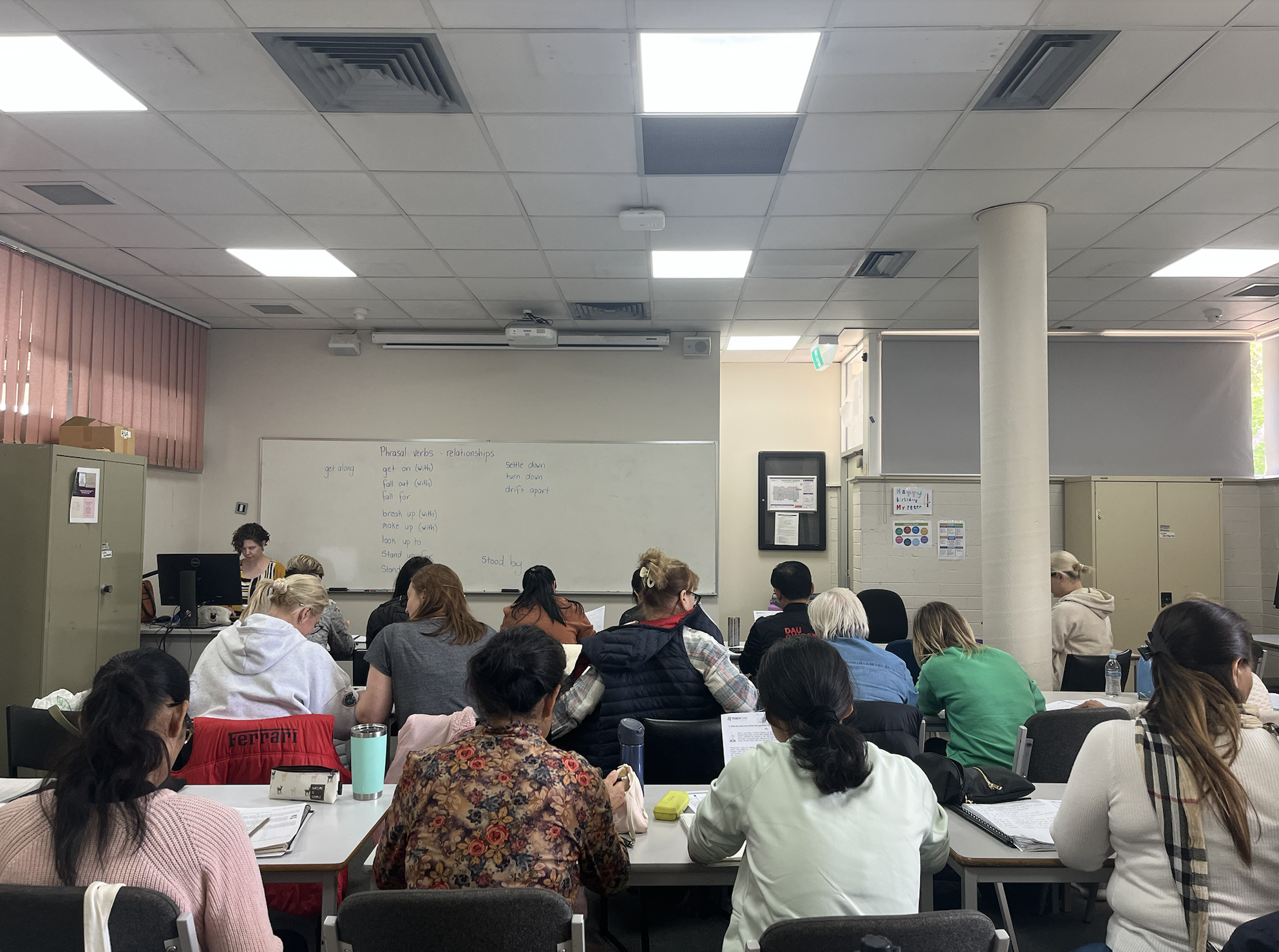
The Adult Migrant English Program (AMEP) is Australia’s largest and longest running settlement program.
The AMEP is a free education service to assist migrants and humanitarian entrants with limited English proficiency in improving their language skills.
Funded by the Department of Home Affairs, the program aims to aid their integration and settlement into Australia.
Melbourne AMEP Teacher Rebeccca Chapman said this program helps people “fit in and start a new successful life in Australia”.
Chapman has taught the AMEP program for over 12 years and has taught hundreds of students through the program.
“AMEP is important because it anchors them in the community," she said.
"It helps them make friends, helps them know about Australia, gives them English to help them communicate with people and get jobs."
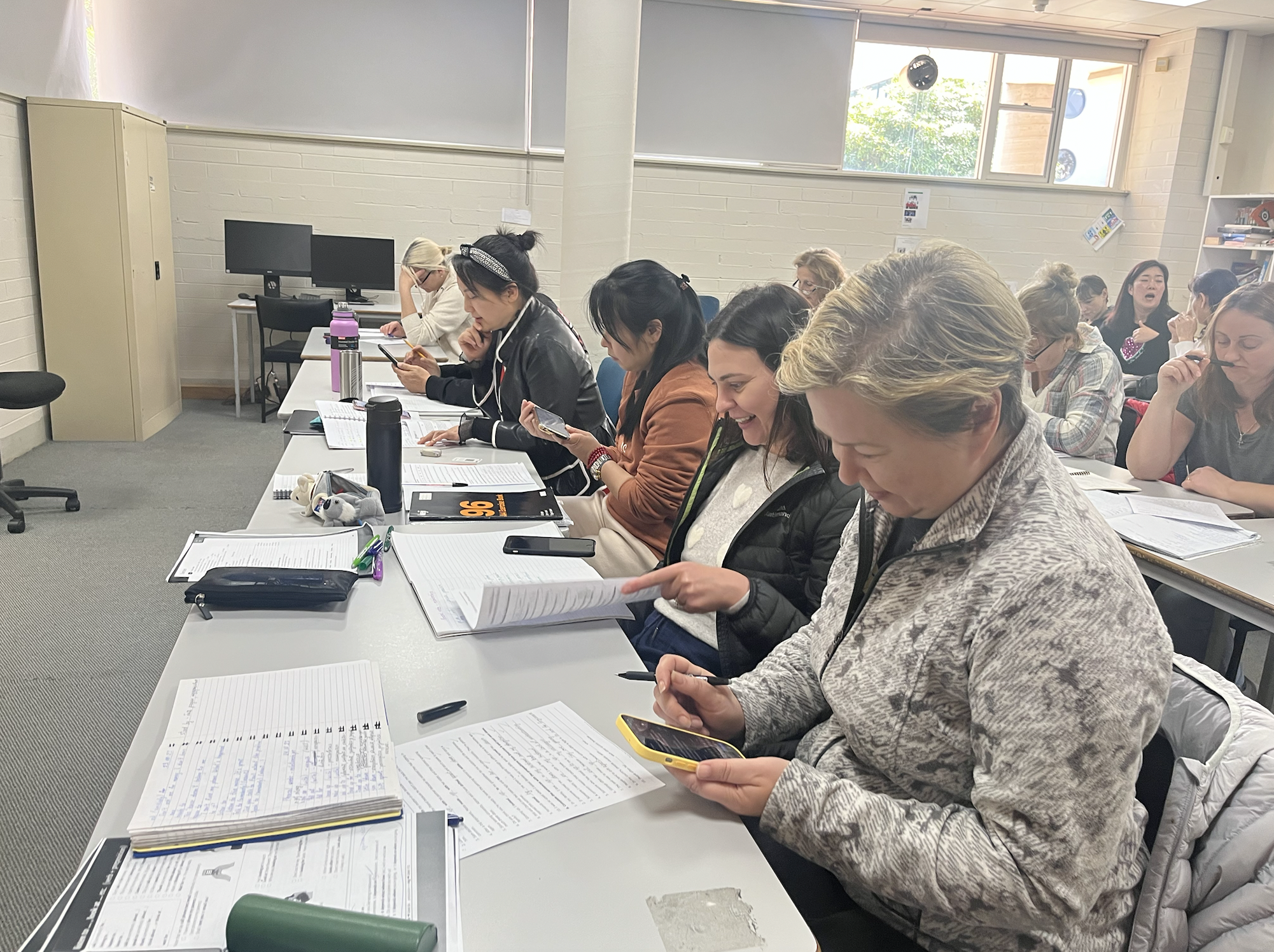
The program assists around 50,000 to 60,000 eligible migrants and humanitarian entrants each year.
First time enrolments in the AMEP have risen since 2003.
The AMEP was established in 1948 to assist refugees from post-World War II Europe to settle in Australia.
The program has since helped over 2 million migrants settle into Australia.
Chapman works at the Frankston Chisholm campus, one of the many locations the AMEP is offered.
The Adult Migrant English Program is delivered at 271 locations nationwide.
It is offered in major cities, regional areas, remote areas and there is also a distance learning option.
There are flexible study options available including day classes, night classes and weekend classes .

Chapman said her classroom consists of people that are coming from “all over the world”.
From 2003 to 2019, the top 10 countries of birth for AMEP students were China, Iraq, Vietnam, Afghanistan, India, Myanmar, Thailand, Iran, South Korea and Sudan.

Chapman said that students have a lot of different reasons for coming.
“AMEP students come to Australia for many different reasons such as humanitarian crises or marrying someone from Australia,” she said.
To be eligible for AMEP, one must have permanent residency or have one of 15 temporary visas such as partner visas, skilled visas and humanitarian concern visas.
Chapman said in her classroom, the variation of educational background is also very diverse.
“You’ll have people who are professionals like engineers, lecturers, this and that, and then you’ll have people who didn’t finish primary school in the same class,” she said.
“But it’s interesting because people meet people they might not normally meet.”
Meet the AMEP students of Frankston Chisholm Campus
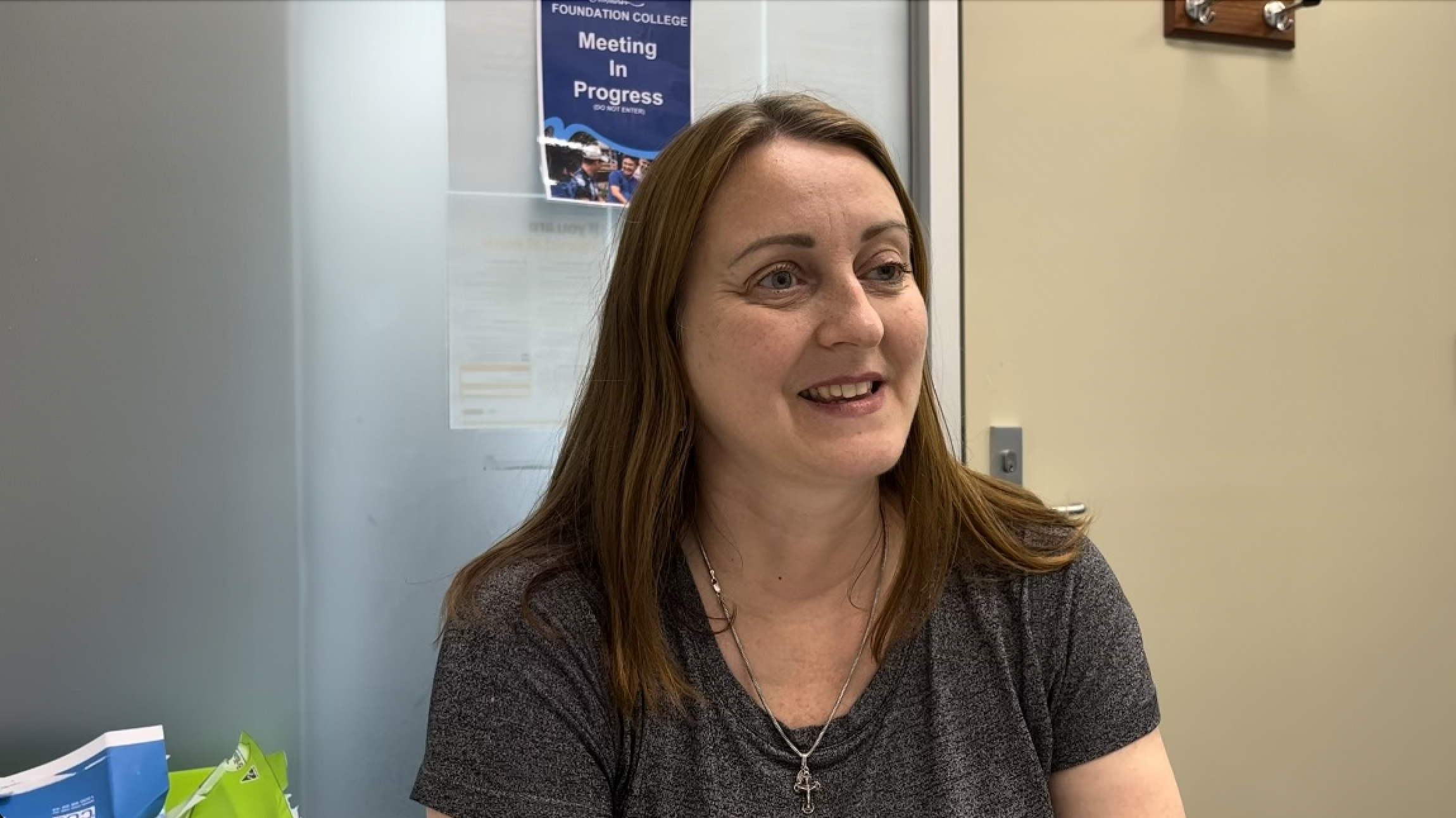
Natalia Prokhorova
Natalia is from Ukraine and came to Australia last year because of the Russia-Ukraine war.
Natalia said she likes the program because of her supportive teachers and friendly classmates.
“I have many friends because many people in the program come [from] Ukraine,” she said.
However, Natalia said it’s hard to learn English because her mother tongue is different in its pronunciation and grammar.
She also said that the English she learns here in Australia differs from what she was taught back home.
“Australian English [is] different English from when I learnt in Ukraine,” she said.
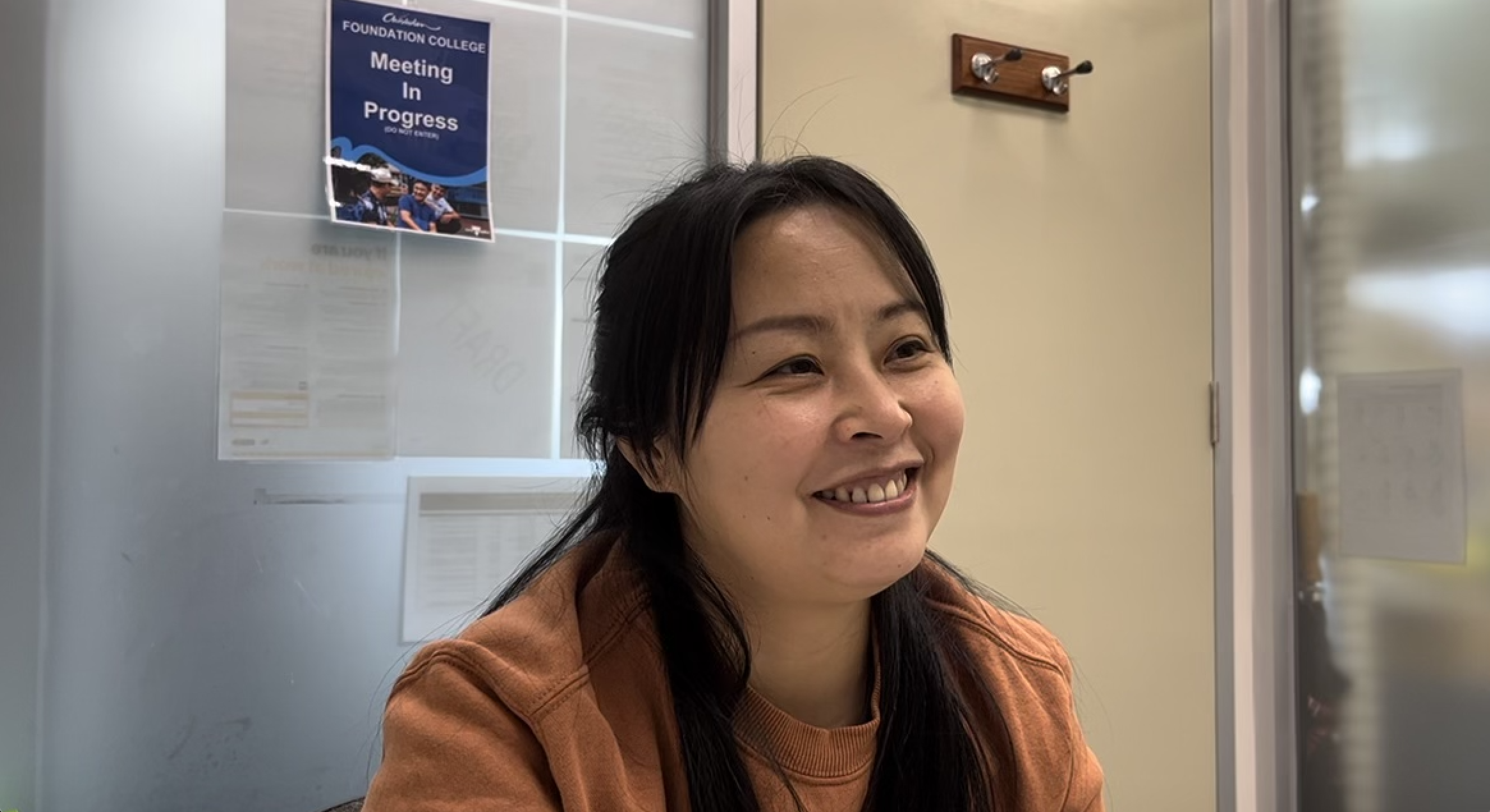
Hongmei Yin (Mia)
Hongmei is from Xinjiang in China.
She moved to Australia in 2020 for educational opportunities for her son. Her son is 19 years old and goes to school on the Mornington Peninsula.
Hongmei said learning English has been hard as she tends to forget words.
She said her English has improved “more and more”, and hopes that if she studies English for a long time her English will improve further.
Hongmei said there are five other Chinese students in her AMEP class, and she enjoys making friends from other places such as Japan and Ukraine.
Hongmei said she likes the “beautiful” Chisholm campus as well as her English teacher Tanja.
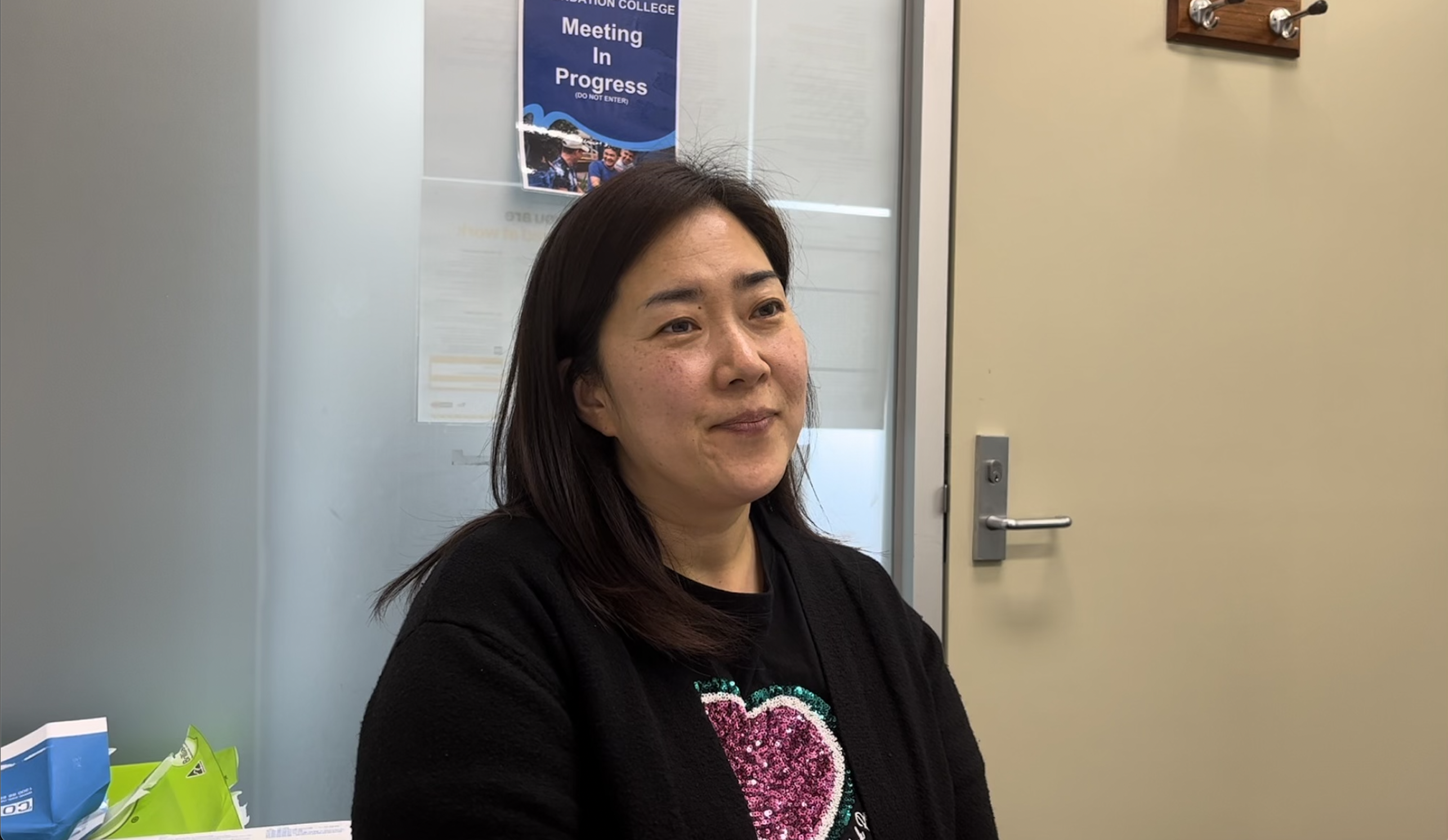
Sunghee An
Sunghee is from Korea - she first travelled to Australia for a trip in 2009 where she met her husband and got married.
Sunghee said she likes the AMEP classes because of her teachers and her good classmates.
“I love it,” she said.
“Learning English is very hard but very enjoyable.”
Sunghee said she finds her life in Australia a “very different life” from when she was in Korea.
In Korea Sunghee worked at a hotel in customer service while in Australia she looks after her son and studies with AMEP.
Sunghee said she likes how AMEP offers students free childcare.
For the duration of their English classes, free child care placements are available for AMEP students whose children are under school age.
Sunghee said she drops her three year old son off at the childcare centre for 2 days a week while she studies at the Frankston Chisholm campus, which gives her a sense of “freedom”.
Sunghee said that the AMEP program has helped her settle in and live life in Australia.
In particular, Sunghee says AMEP has been helpful in practising conversations at places such as banks and post offices.
AMEP classwork includes general settlement topics such as health, transport, looking for a job, settling in education system about Australian culture, environment,
Chapman said this greatly helps students understand how to find and access essential services.
“For example with health, they will understand Medicare and how the hospital system works and ambulance insurance,” she said.
“They’ll know how to find and access the fire brigade and life saving Victoria and things like that.”
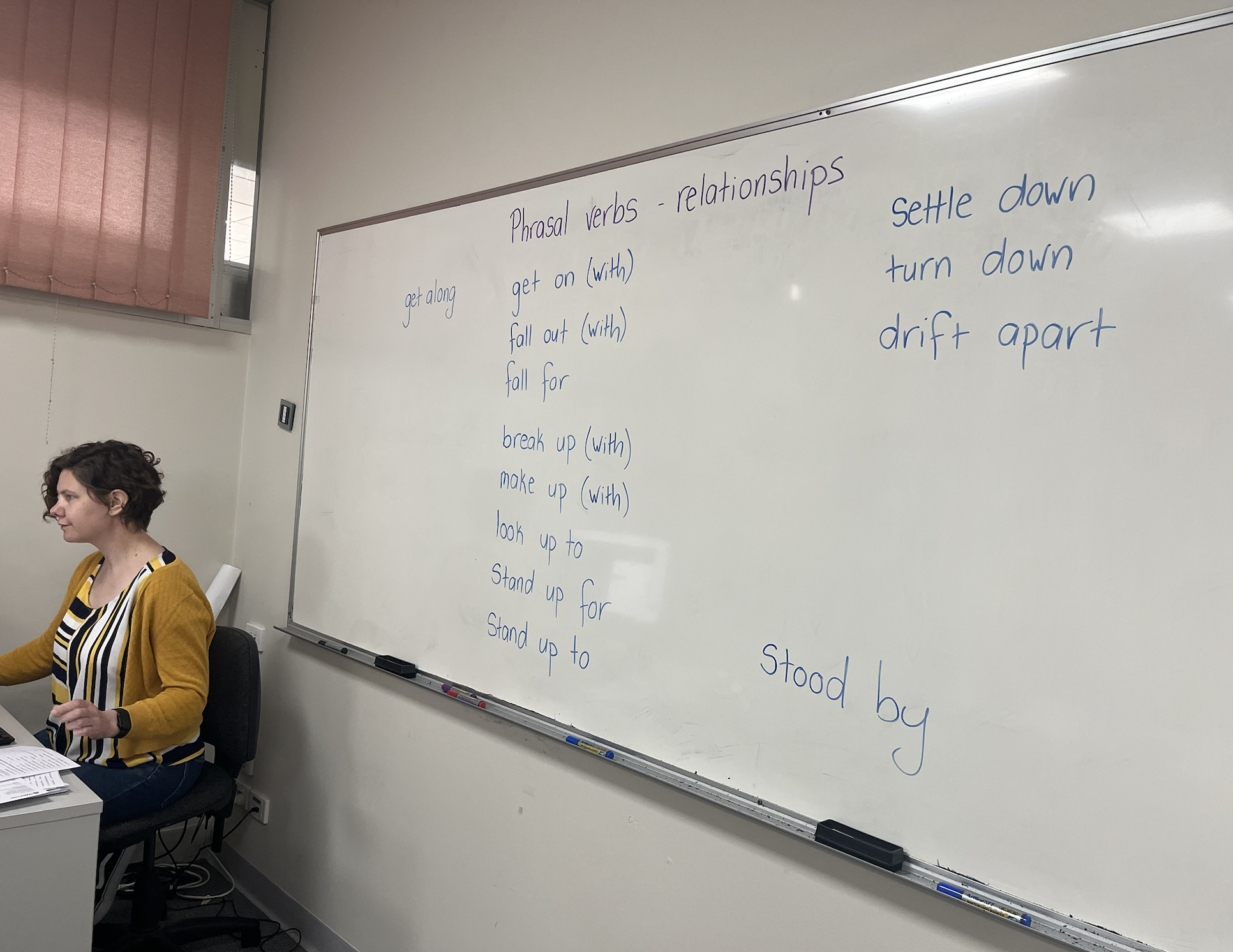
As well as conversational and everyday English, Chapman said the program also provides students help with gaining employment opportunities too.
AMEP also offers the Settlement Language Pathways to Employment and Training (SLPET), or ‘English for the Workforce’.
The SLPET is a ten week course consisting of eight weeks of employment focused English followed by a two week work placement.
The classes focus on things such as job interview skills, resume writing and job-seeking skills.
AMEP partners with a wide range of organisations from local city councils to community groups and small businesses to provide work placements for students.
Chapman said this is useful for students who do not have any Australian working experience.
“If students are trying to get into the job market, the job placement can be helpful for them to get local experience,” she said.
The AMEP previously had a limit of 510 hours of English classes per student, but this limit was removed in 2021.
The Department of Home Affairs said in a report the decision was made “in recognition that individuals learn at different rates”, which Chapman agrees with.
“Especially if you start from zero and you're maybe a bit older, 510 hours is not enough to reach functional English,” she said.
“Some people come, they can't even write, they can't even write in their own language or they don't have any background education,” she said.
“They could never learn to speak properly in 510 hours.”
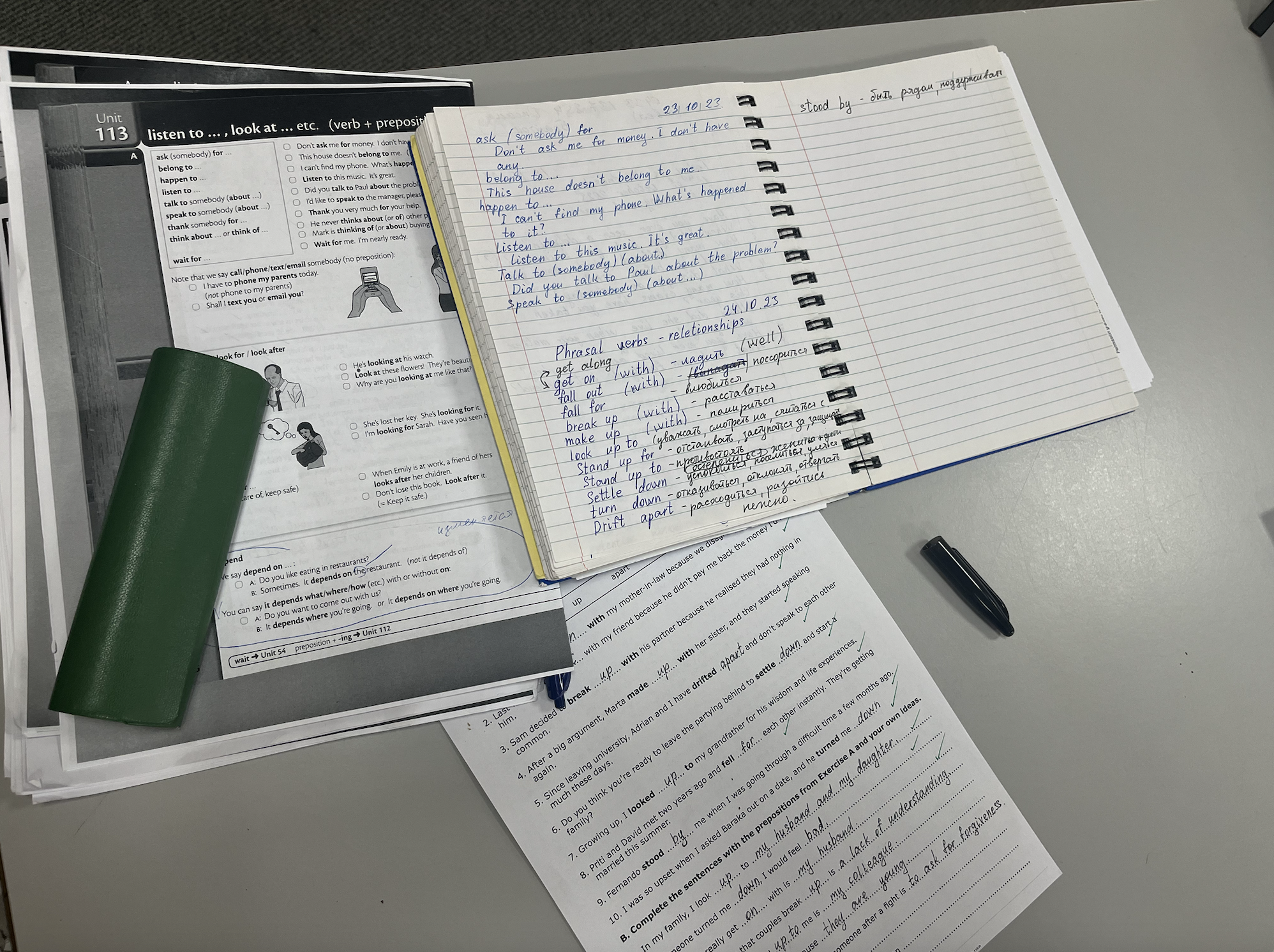
While moving to another country with limited language can be isolating, Chapman said the AMEP provides a social outlet for people to connect.
“The program makes people feel comfortable because they're not the only ones. [Other students] feel their pain, feel what they're going through and their frustrations and difficulties, and they can help each other,” she said.
Chapman said the social facet of AMEP is probably the "most important aspect" for new arrivals to Australia because they often feel very isolated.
“If their English is not good enough to get a job, they can't work. So what do they do if they don't come to class? They're very isolated.”
“It's hard to make friends in the community if you can't speak English well. The AMEP is very nice and social, and it makes them feel much more at home.”

Chapman said the AMEP really makes a positive difference on peoples lives.
